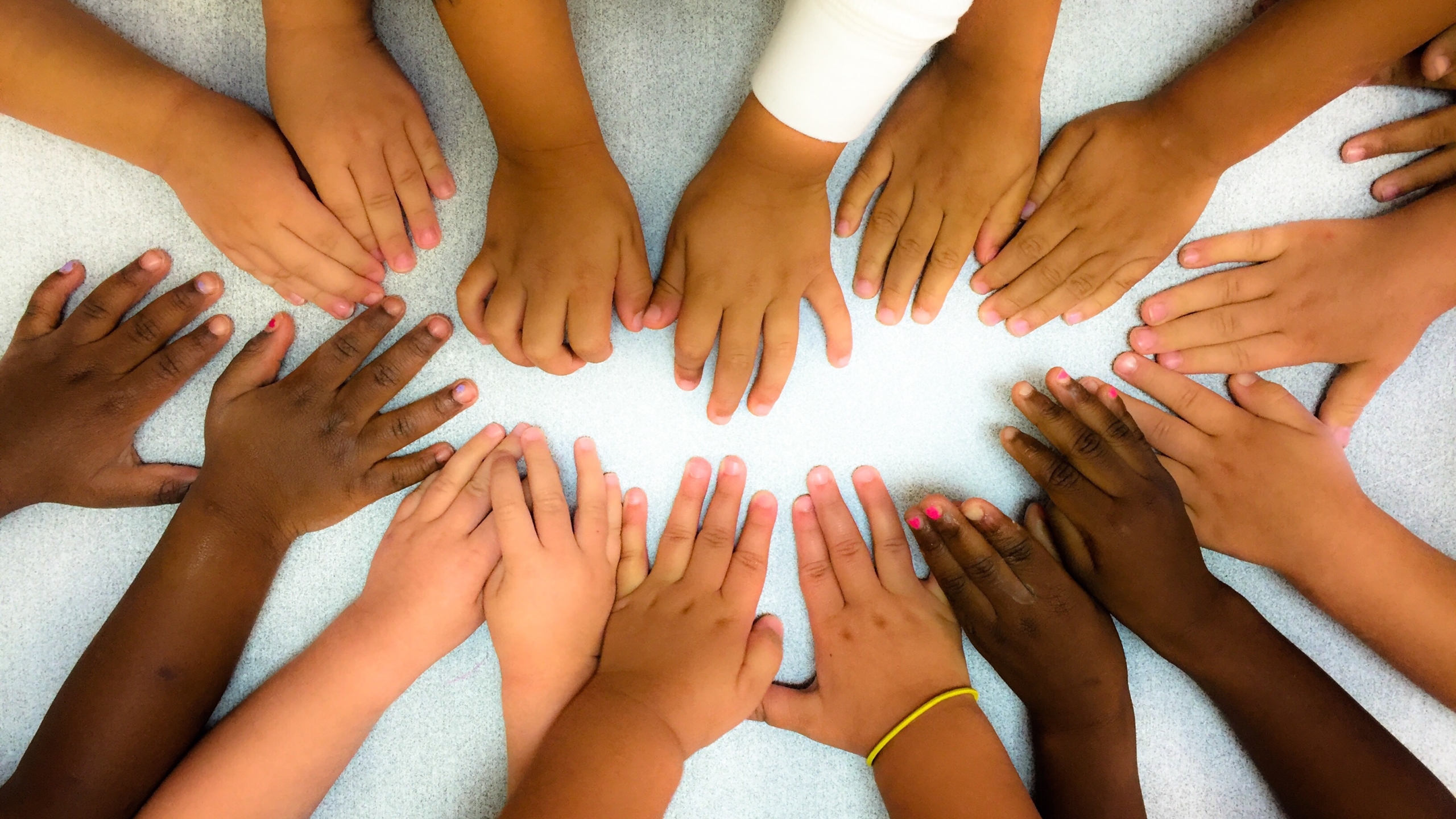
In this article, we will discuss how children can accept others, develop feelings of compassion and inclusion, and how these skills play a critical role in preschool education.
Let’s make a brief explanation of the concepts we will talk about in our article:
Diversity: accepting our individual differences with the understanding that each person is unique
Inclusion: the act of including someone or something as part of a group
Equality: access to equal opportunities regardless of race or socioeconomic status
Equity: equalizing the level of opportunity
“Diversity” means understanding that each of us is unique and individual. Whatever it is, no matter where we come from – different cultures, different countries, different races – it doesn’t matter. The bottom line is that we really need to acknowledge that each of us is a unique individual and that each of us adds value to our field.
“Inclusion” is an emotion. People either feel included or not. If a person does not feel included, it means that we have not been able to make them feel that emotion.
Think of “equality” as access to opportunities. If one wants to take advantage of something, at least they need to know that it is there.
“Equity” is ensuring that everyone has an opportunity. For example, if we are in a classroom, equality means everyone has a chair to sit on. But equity is to give room for two to someone who needs more space if they have a wheelchair for instance. Only in this way can we help some people succeed.
Why is Diversity, Equality and Inclusion Important in Preschool Education?

These are the subjects that should definitely be mentioned to children in pre-school education. We know that 90% of the brain is formed in the first 5 years after birth. The foundation of 90% of the person who will become an adult is laid when we are young. Therefore, whether we will have self-respect, pride and self-confidence become clear during this period.
The most basic human right is to live life with all its possibilities and not to feel inferior to other people. If we do not feel included in a society, we get into thoughts such as “I am lower than them, I am different from them and I am ashamed”. These thoughts are the main obstacle to success.
If a person is forming in the first 5 years, then as educators and parents we have to do something. But a person cannot teach children what s/he does not have or know. If a parent did not grow up under equal conditions, how can they provide equality to his child, how can they provide it, how can they explain it?
After all, we are human and have prejudices. And biases are unconscious, we may not even be aware of our own. Therefore, before educating our children, we must first educate ourselves.
How do we get young children to accept differences?
First, we must admit that for many young children the “different” is worrisome. While a pre-kindergarten or kindergarten level student may not be able to articulate this, differences often affect them. Sometimes it’s because they can’t explain what they’re perceiving. Sometimes they are unsure of the consequences of differences and may be concerned about their own safety.
Second, we must recognize that these responses tend to be developmentally normative and open to improvement. Since we constantly warn children with phrases such as “Don’t talk to someone you don’t know, don’t go if they call you, don’t eat if they give you something”, children also hesitate to accept people they see as different.
This illustrates the importance of children being exposed to diversity very early in life in order to reduce their sense of threat. Educators and parents can assist in this process by giving children the opportunity to analyze what they have heard or seen by presenting short stories orally, using puppets, or with videos.
An example of an activity that can be done at home to get children to accept differences would be to read to them an appropriate story on the topic. Guiding questions about the characters can then be asked, “How do you think this character was different from the others?”. You may also ask them to mention a time someone made fun of them. This activity can be supported with questions such as: “Why do you think they made fun of you? Is it because of your looks? Or is it because you can’t do something?” In this way, the subject of difference can be personalized. Finally, as a short summary, children may be asked to explain what they have learned.
How Can We Integrate Diversity, Equality, and Inclusion into Early Education?
Consider your cultural practices. Educators may remember the term “developmentally appropriate practices,” but this does not take into account different cultures, identities, and beliefs. . As educators, we need to consider whether our current practices are suitable for all children.
Show yourself and be your authentic self. Criticize your experiences, expectations, and inclusive vocabulary to help build an anti-bias educational model and be a role model.
Be the one standing up. When you see or hear something exclusionary, do something rather than be a passive spectator. This can create a chain reaction and make a big difference by giving other people the opportunity to say and do something.
Search for free resources. If you can’t attend seminars, search for free resources like free webinars, podcasts, social media resources, community events to learn from others and reflect on your own practice. .
Building self-confidence, trust, and honor in children at an early age will give them skills that will continue into their adulthood. Building these emotions early teaches them that children are valued, included, and accepted regardless of their race, gender, creed, income, and more. It is vital that educators and parents create an inclusive and accepting environment to change the future of our next generation.
Educators and parents can give children tools to present materials and then analyze what they hear and see. In this way, they can help children learn the differences.
Teach your child that not all people are the same

Often some people are treated differently because they are labeled as “the other” by society. Anything out of the ordinary for children may be viewed as undesirable. It is helpful to challenge the idea of “normal” to see beyond the differences. We are all born unique with different likes and preferences, so there is no one way to be “normal”.
It is important to teach children to see the similarities, but the goal is not to eliminate our differences. By accepting differences and similarities at the same time, children will realize that they can learn a lot from people who are not like them. Research shows that ignoring differences actually makes discrimination worse. For this reason, it is of great importance that we teach children about differences and that each person is different and unique.
Educators, families, and adults can start educating children about people’s differences from birth. From the moment they are born, we can help children develop their knowledge and understanding of differences between people. Because the brain develops very quickly in children and it should not be forgotten that as parents and educators we have a very narrow window of opportunity. Such vitally important skills and knowledge are very permanent when learned during this period because children carry this knowledge throughout their lives.
There are realistic ways that parents can argue with their children, open conversations, highlight differences between people and make them accept them.
Children are born with an insatiable sense of curiosity and ready to learn, which is why we often assume that they can easily spot differences. While children begin to notice and question everything from the very beginning, they cannot easily form their understanding and critical judgments about differences. Therefore, it is natural for them to need guidance.
Parents and trainers who want to join the Pre-Education family or want to get detailed information about our services can reach us by filling out the application forms on our website.
